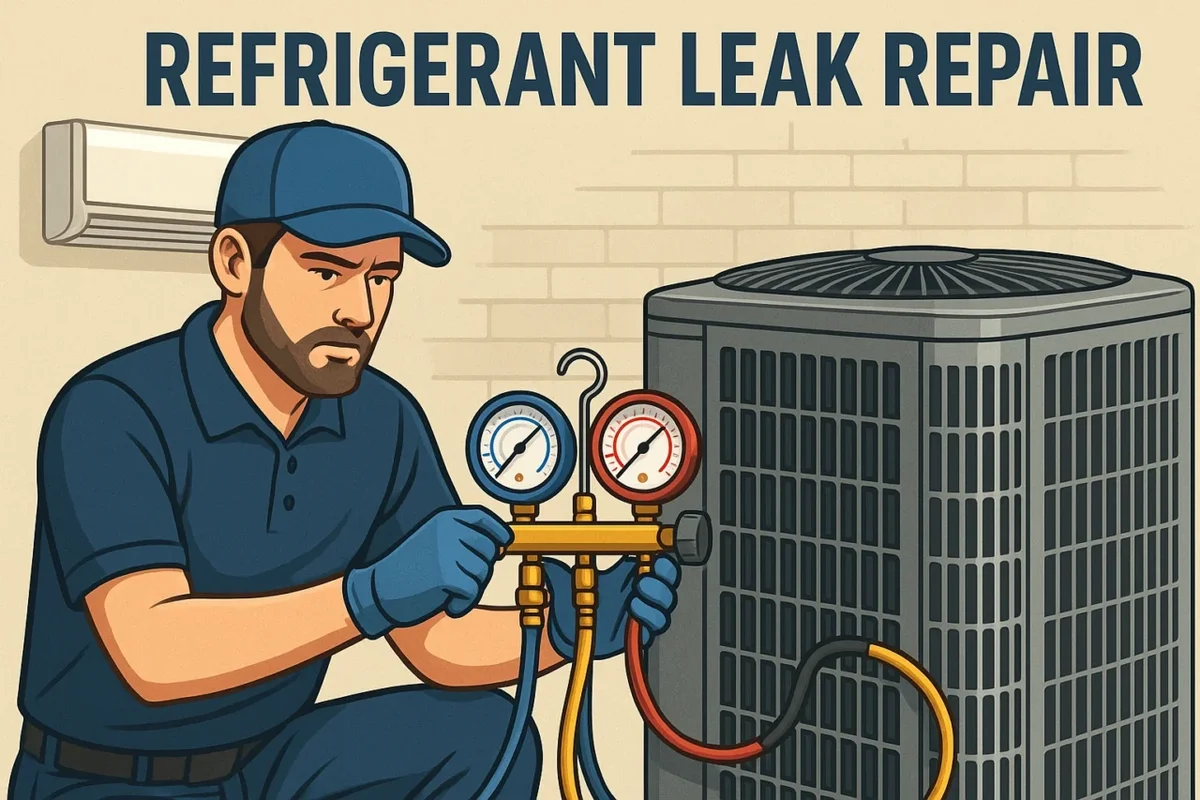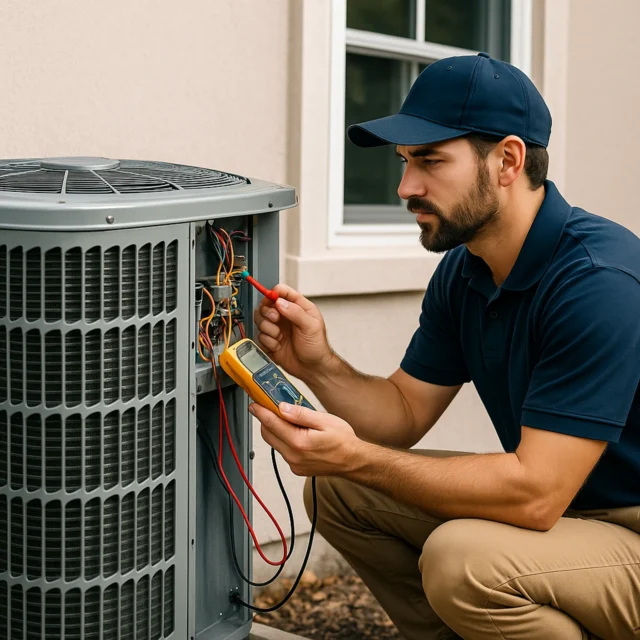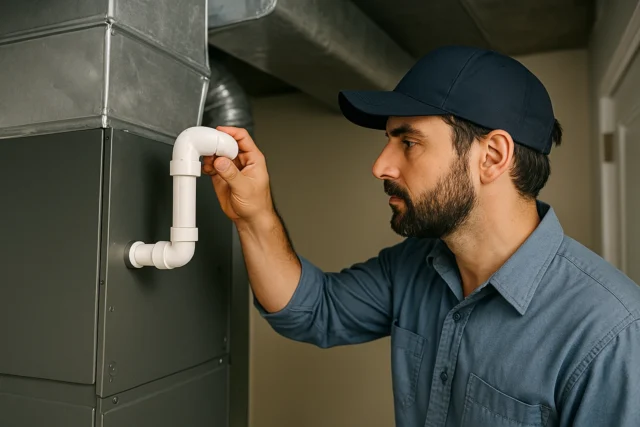Mastering HVAC Air Flow for a Healthier, More Efficient Home

When it comes to home comfort, few people realize how much their HVAC air flow affects everything—from energy bills to indoor air quality. Poor airflow makes your system work harder, leading to higher costs and uneven temperatures. Proper air circulation, on the other hand, ensures every room feels just right and helps your air handler do its job efficiently.
At A Customer First AC, we’ve seen hundreds of cases where simple airflow adjustments drastically improved comfort and reduced repair needs.
How HVAC Air Flow Works
Airflow in your HVAC system starts with the air handler. This key component draws air from your home, passes it through filters and coils, and then pushes conditioned air back through the ducts.
When the air handler is clean and properly sized, it creates consistent airflow throughout the house. But when the ducts are blocked or filters are dirty, the system loses balance—rooms become stuffy, and humidity levels rise.
Key elements influencing airflow include:
Air Handler Condition: Dust buildup or worn-out fans reduce circulation.
Ductwork Design: Bends and leaks can restrict air movement.
Filters: Clogged filters can reduce efficiency by up to 30%.
Registers & Vents: Closed or blocked vents disturb even distribution.
Signs of Poor Air Flow in Your Home
Even without technical tools, you can spot poor airflow quickly. Here’s what to look for:
Uneven room temperatures (one room hot, another cold)
Weak air coming from vents
Higher-than-usual energy bills
Whistling or rattling duct noises
Persistent dust or stale air
If you notice any of these, your air handler or ducts might be the problem.
How to Improve Your HVAC Air Flow
Here’s how homeowners can boost performance and air quality at the same time.
1. Change Filters Regularly
Air filters trap dust, pet hair, and allergens—but when clogged, they suffocate your system. Replace filters every 1–3 months to keep airflow at peak levels.
2. Keep Vents and Returns Open
Never close vents in unused rooms. Doing so increases pressure in your duct system, making your blower motor strain harder.
3. Schedule Air Duct Cleaning
Over time, ducts collect debris and even mold. A professional duct cleaning every 3–5 years helps your air handler breathe better.
For complete cleaning and filter maintenance, visit our AC Service Page to learn how our technicians restore performance and purity to your air system.
4. Inspect the Air Handler
Your air handler is the “heart” of the HVAC system. If it’s covered in dirt or aging, even the best filter won’t help. Regular tune-ups keep the fan motor, coils, and blower clean.
5. Seal and Balance Ductwork
Leaks and unbalanced ducts can waste up to 25% of conditioned air. Our technicians use advanced airflow diagnostics to balance pressure and temperature across all rooms.
The Role of the Air Handler in Air Flow Efficiency
Your air handler isn’t just moving air—it’s managing pressure, humidity, and cleanliness. A properly tuned air handler:
Distributes air evenly across zones
Maintains humidity balance year-round
Reduces system strain
Filters out dust and allergens
When paired with clean filters and well-sealed ducts, the air handler can extend the HVAC system’s lifespan by several years.
For more information about air handler upgrades and airflow optimization, visit A Customer First AC — your trusted local HVAC professionals.
How Proper HVAC Air Flow Saves You Money
Efficient airflow means your HVAC doesn’t need to run as long to reach your desired temperature. This reduces wear and tear on components and keeps your energy bills lower.
Real results from balanced air flow:
Up to 20% lower energy bills
Fewer repairs over time
Cleaner indoor air and less dust buildup
Consistent comfort in every room
It’s not just about comfort—it’s about protecting your investment.
When to Call a Professional
If you’ve replaced filters, cleaned vents, and still have poor airflow, it’s time to call an HVAC expert. Certified technicians can:
Test air pressure and static balance
Check blower motor performance
Identify duct leaks with thermal imaging
Recalibrate dampers for even distribution
At A Customer First AC, our team specializes in diagnosing airflow issues quickly and safely, ensuring your system operates at its full potential.
Conclusion — Breathe Easier with Perfect Air Flow
Your home’s comfort depends on one thing: balanced and efficient air circulation. Whether you’re dealing with uneven heating or excessive humidity, managing your HVAC air flow correctly can transform the way your system performs.
Clean filters, proper duct design, and a healthy air handler make all the difference.
If you’re ready to optimize your airflow and experience consistent comfort year-round, contact A Customer First AC — we’ll make sure your air feels just right.


